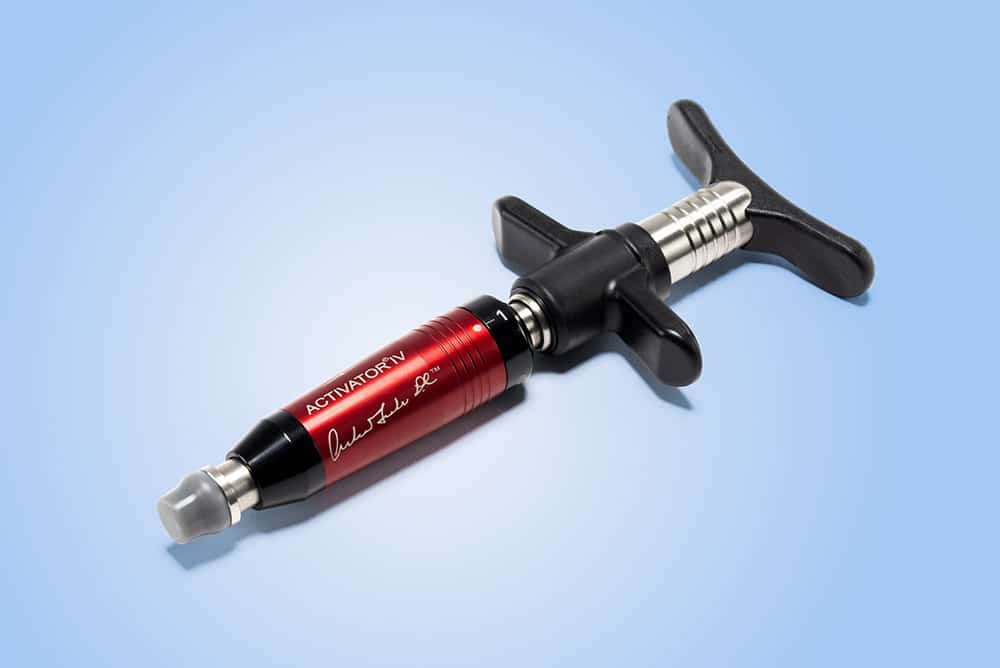Understanding Whiplash: Causes, Symptoms, and Treatment
Whiplash is a common yet often misunderstood injury that affects millions of people each year. Statistics suggest that 3 million Americans suffer from whiplash injuries annually, resulting in an estimated economic burden of $3 billion each year.
What is Whiplash?
Whiplash is an injury to the cervical spine or neck caused by a sudden, rapid back-and-forth movement, similar to the cracking of a whip. This sudden motion can damage the neck’s muscles, ligaments, and nerves. Contrary to common belief, even minor accidents can cause whiplash. A rear-end collision at just 5 mph can lead to significant injury that requires treatment.
While whiplash is most commonly associated with car accidents, particularly rear-end collisions, it can also result from sports injuries, falls, or other traumatic incidents.

Symptoms of Whiplash
Typically, symptoms associated with whiplash present within the first 48 hours, though they can take longer. Symptoms vary widely among individuals but commonly include:
- Neck pain and stiffness – Pain can range from mild to severe, making it difficult to move the head and neck.
- Tingling or numbness in the arms – Damage to the cervical spine can impinge on nerves.
- Upper back pain – The same tissues damaged in a crash causing neck pain are connected to the upper back and shoulders.
- Shoulder pain – The shoulder joints can be injured when the body is thrust forward and the seatbelt catches you.
- Headaches – Often starting at the base of the skull.
- Dizziness and fatigue.
- Difficulty concentrating or memory problems.

Concussion and Whiplash
Symptoms such as headaches, dizziness, and difficulty concentrating are often associated with both whiplash and concussions. According to the CDC, 17% of concussions are caused by motor vehicle accidents.

What Should I Do If I Suspect I Have a Whiplash Injury?
Even if you don’t feel severe pain after an accident, it’s important to take early steps to minimize the effects:
- Ice: Applying ice packs in the initial stages is essential to reduce inflammation and pain. Ice should be used for the first 72 hours to reduce swelling and speed up healing.
- Light Motion: Slow and gentle range-of-motion exercises can minimize scar tissue and enhance healing. Move your head and neck up and down, then side to side, followed by a 15-minute ice treatment.
- Over-the-counter medication: Medical professionals may suggest the use of Non-Steroidal Anti-Inflammatories (NSAIDs) such as ibuprofen to reduce pain and inflammation.

Diagnosing Whiplash
Proper diagnosis is crucial to understanding the injury and determining the correct course of treatment. Diagnosis typically involves:
- A detailed description of how the accident occurred to establish the mechanism of injury.
- A history of symptoms since the accident and their impact on daily life.
- A detailed physical examination, including palpation of injured areas, range of motion measurements, and an orthopedic evaluation.
- A Computer Radiographic Mensuration Analysis (CRMA) – This involves a series of X-rays in flexion and extension, followed by digital measurements to assess bone movement and structural damage.
Chiropractic Care and Whiplash Treatment
Prior to treatment, understanding the nature of the injury through proper diagnosis, such as CRMA, is essential. At Desert Valley Chiropractic, we employ various methods to treat whiplash:
- Chiropractic Adjustments via the Activator Methods Chiropractic Technique: This gentle technique uses a hand-held instrument to deliver controlled, light force to specific spine areas. Adjustments help realign vertebrae, improve joint function, and reduce inflammation.
- Therapeutic Exercises: Rehabilitation involves stretching, strengthening, and stabilizing the joints to prevent future flare-ups. Exercises are performed in-office, with additional exercises provided for home use if necessary.
- Other Therapies: Electric Muscle Stimulation can reduce pain and muscle spasms associated with car crash injuries.

Chiropractic treatment using the Activator Method is an effective way to address immediate symptoms and promote long-term healing by enhancing the body’s natural ability to recover.
If you suspect you have whiplash and want to determine if chiropractic care would be helpful, please contact Desert Valley Chiropractic at 602-439-1515.
Experiencing whiplash?
Learn how Desert Valley Chiropractic can help
